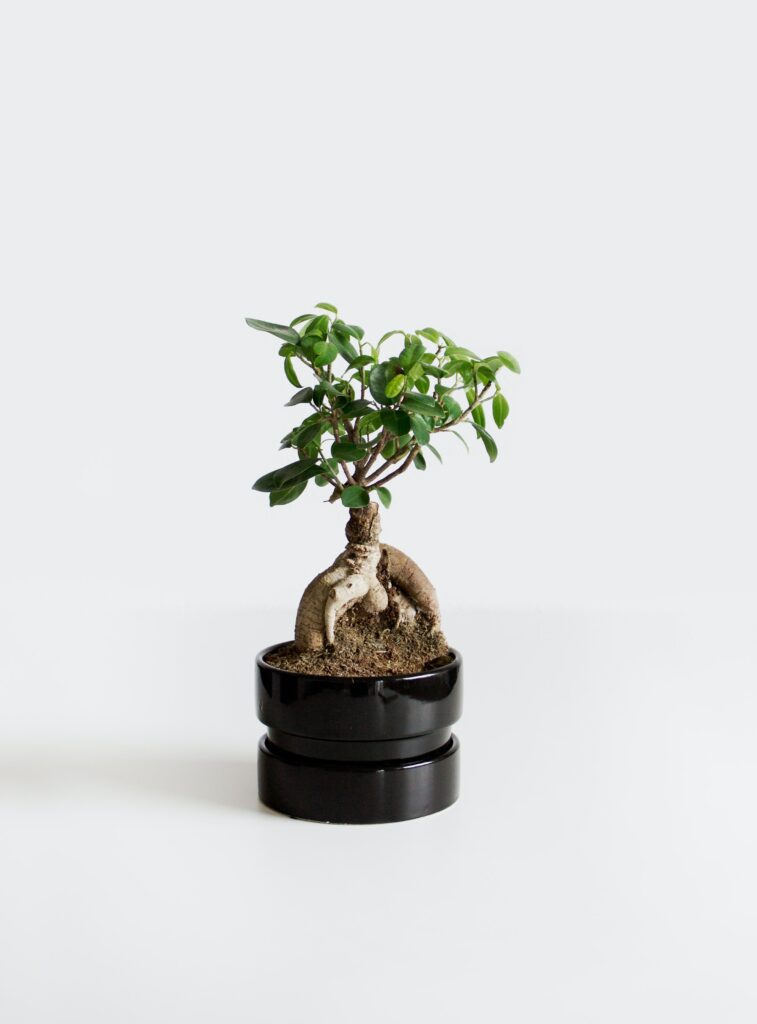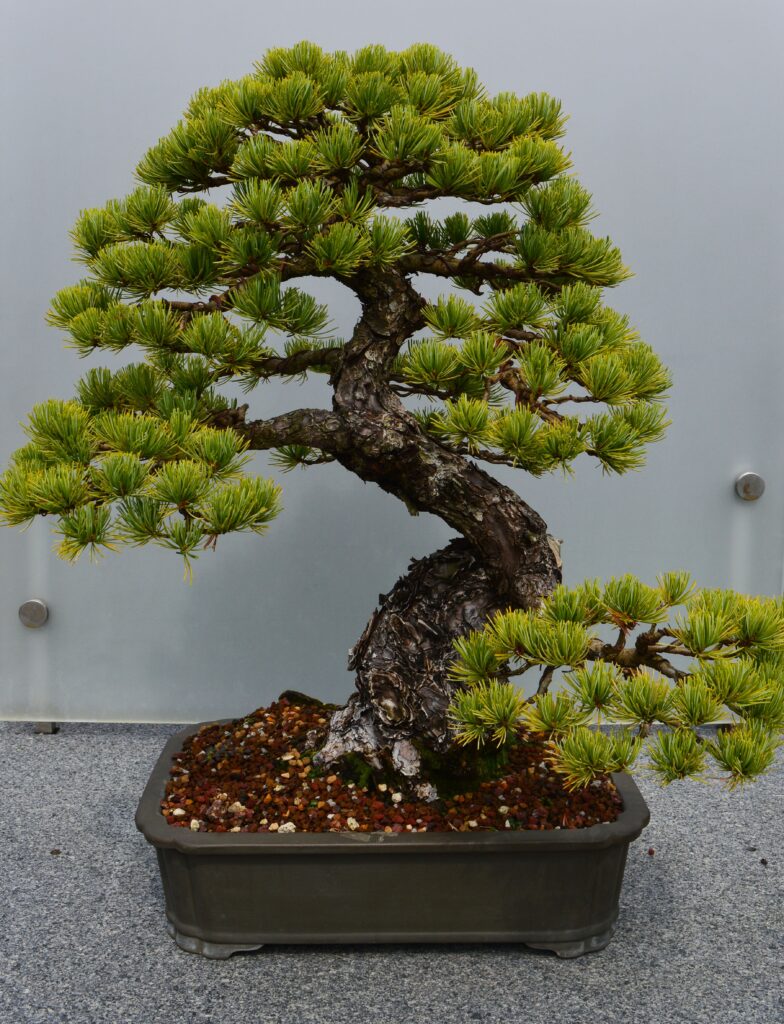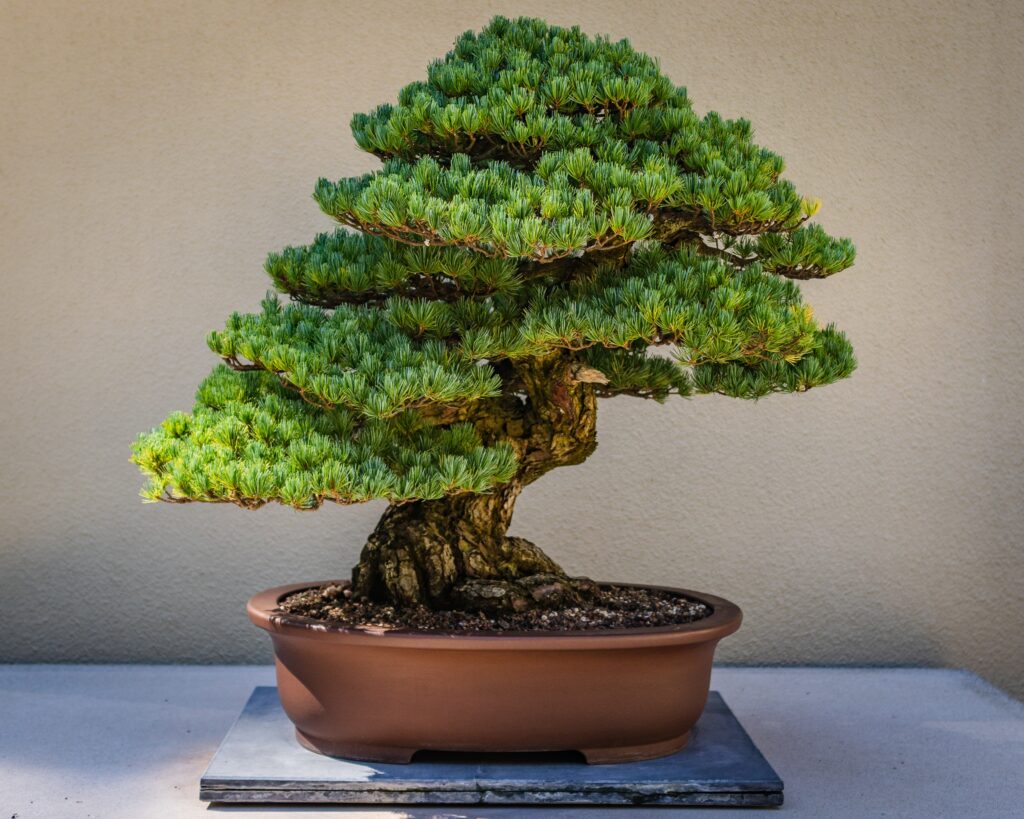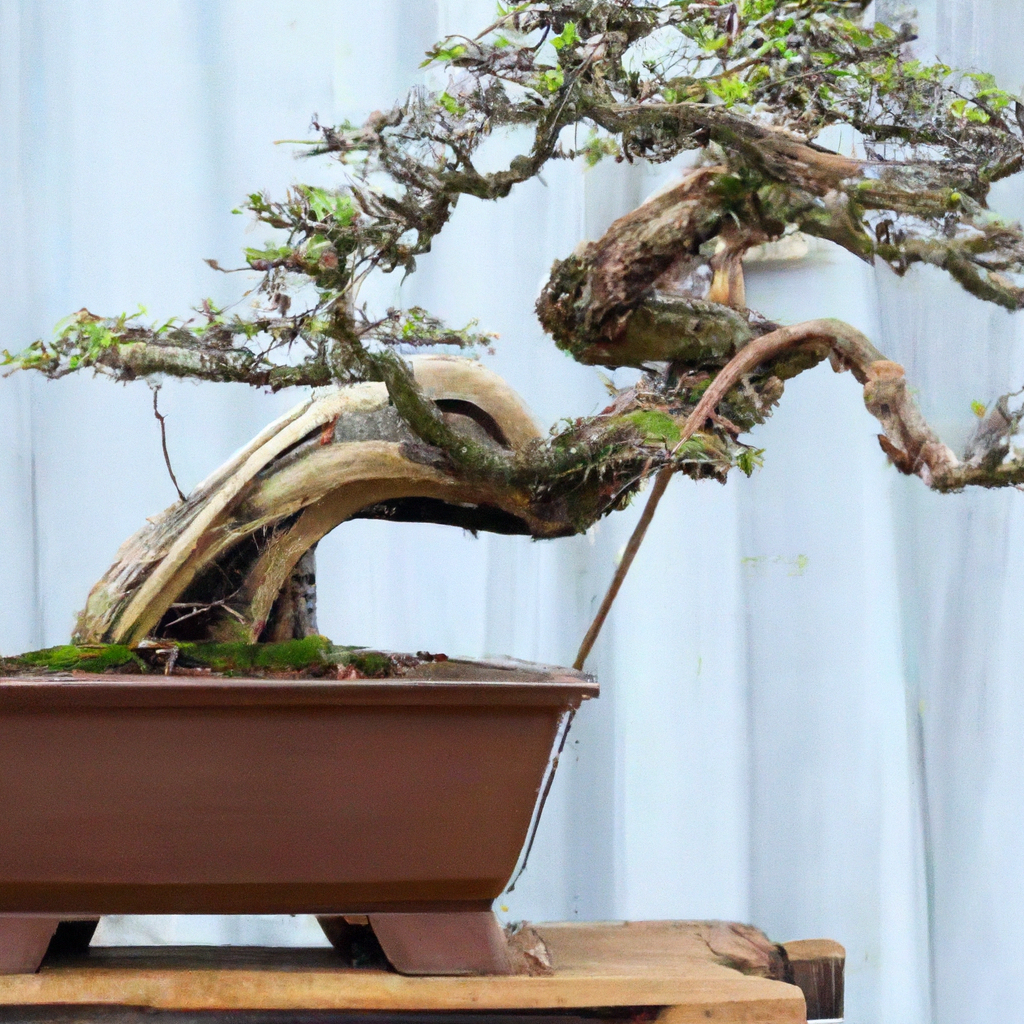
In the fascinating world of bonsai trees, where beauty is cultivated in miniature, it is essential to understand how to redirect energy for desired growth. When tending to these delicate and enchanting plants, one must have a firm grasp on the art of curbing unwanted growth. By employing the right techniques and methods, you can guide the energy of your bonsai tree to create a breathtaking masterpiece. In this article, you will discover valuable insights and practical tips on redirecting bonsai energy, allowing you to shape and nurture your tree for a truly captivating and harmonious result. So, let’s delve into the art of curbing unwanted growth and embark on a journey of bonsai enchantment together.
Understanding Bonsai Energy
The concept of bonsai energy
Bonsai energy refers to the flow and distribution of vital nutrients and resources within a bonsai tree. Like any living organism, bonsai trees require energy to grow and thrive. However, in the art of bonsai, the goal is to cultivate miniature trees that embody the essence of their full-sized counterparts. To achieve this, controlling the energy flow is crucial.
Factors influencing bonsai growth
Several factors influence the growth of bonsai trees, including sunlight, water, and nutrients. The amount and quality of light the tree receives affect its photosynthesis process, which is essential for energy production. Adequate watering and proper soil composition provide the tree with the necessary moisture and nutrients, enabling its growth.
The importance of controlling growth
Controlling growth in bonsai is vital to maintain the desired aesthetic and proportions of the tree. Without intervention, bonsai trees tend to grow in a way that may not align with the artistic vision of the bonsai artist. By redirecting energy and managing growth, bonsai artists can shape their trees into visually appealing and harmonious forms.
Pruning Techniques for Redirecting Bonsai Energy
Purpose of pruning in bonsai cultivation
Pruning is an essential technique in bonsai cultivation, serving multiple purposes. Firstly, pruning allows bonsai artists to remove unwanted branches or foliage, maintaining the desired shape and size of the tree. Additionally, pruning helps redirect energy to specific areas, encouraging growth where it is desired.
Selective pruning to redirect energy flow
Selective pruning involves strategically removing branches or parts of the tree to redirect energy to specific areas. By pruning branches that are competing for resources, energy is focused on the desired parts of the tree, promoting their growth. This technique enables bonsai artists to shape and balance the overall structure of the tree.
Types of cuts for controlling growth
There are two primary types of pruning cuts used in bonsai cultivation: maintenance pruning and structural pruning. Maintenance pruning involves removing small branches or foliage to maintain the shape and health of the tree. Structural pruning, on the other hand, involves larger cuts to shape the overall structure and redirect energy. Both types of cuts are essential for controlling growth and achieving the desired shape of the bonsai tree.

Wiring Methods for Shaping Bonsai
Introduction to wiring in bonsai
Wiring is a technique used to shape the branches and trunk of bonsai trees. It involves wrapping a flexible wire around them to guide their growth and create the desired form. Wiring not only allows for artistic expression but also helps redirect energy to specific areas, giving the bonsai its characteristic shape.
Proper wire selection and application
Selecting the appropriate wire is crucial for successful wiring in bonsai. The wire should be strong enough to hold the branches or trunk in the desired position but not too thick to cause damage or scarring. Copper or aluminum wire is commonly used due to their flexibility and effectiveness.
When applying the wire, it is important to wrap it in the direction of the desired movement. This ensures that the wire will hold the branch or trunk in place while allowing growth in the intended direction. Care should be taken not to wrap the wire too tightly, as it can damage the tree.
Techniques for redirecting growth through wiring
Once the wire is applied, it can be used to redirect the growth of branches and the overall shape of the tree. By gently bending the branches, the bonsai artist can guide their growth in specific directions. This technique helps create movement and balance, while also directing energy to desired areas. Regular monitoring and adjustment of the wiring are necessary to prevent the wire from cutting into the wood and causing damage to the tree.
Root Pruning and Repotting
Signs that indicate the need for root pruning and repotting
Root pruning and repotting are essential maintenance tasks in bonsai cultivation. Signs that indicate the need for root pruning and repotting include an overcrowded root system, lack of growth or vigor, and roots visibly circling the pot. These signs indicate that the root system may have outgrown its container, restricting the flow of nutrients and energy.
Steps for root pruning and repotting
Root pruning involves carefully removing a portion of the roots to maintain the tree’s health and ensure proper energy distribution. When repotting, the bonsai artist selects a new pot with fresh soil, allowing the tree’s roots to properly spread and access necessary resources. It is important to trim the roots to an appropriate length before placing the tree in the new pot.
Redirecting energy through root pruning
Root pruning is an effective way to redirect energy to specific areas of the bonsai tree. By selectively pruning some of the roots, the bonsai artist can control the tree’s growth and encourage development in desired areas. This technique helps maintain the tree’s overall balance and aesthetic appeal.

Managing Bonsai Nutrition
Understanding the role of nutrition in bonsai growth
Proper nutrition is crucial for the health and growth of bonsai trees. Nutrients obtained from the soil and fertilizers provide the energy necessary for various metabolic processes. These nutrients, including nitrogen, phosphorus, and potassium, facilitate cell growth, foliage development, and overall tree vigor.
Choosing the right soil and fertilizers
Choosing the right soil composition is essential for optimal nutrient absorption and water retention. Bonsai-specific soils with a good balance of organic matter and drainage are recommended. Additionally, selecting the appropriate fertilizers, such as slow-release or liquid fertilizers specifically formulated for bonsai, will ensure the tree receives the necessary nutrients to thrive.
Controlling growth through nutrient manipulation
Manipulating the nutrient intake of a bonsai tree can help control its growth. By adjusting the type and amount of fertilizers, bonsai artists can encourage or inhibit certain aspects of growth. For example, reducing nitrogen levels can slow down foliage growth, while increasing phosphorus can promote root development. Careful nutrient manipulation allows bonsai artists to sculpt and shape their trees according to their artistic vision.
Utilizing Defoliation Techniques
The purpose and benefits of defoliation
Defoliation is the practice of removing all or a significant portion of a bonsai tree’s leaves. Although it may seem counterintuitive, defoliation has various benefits. Firstly, defoliation stimulates new bud formation, giving the bonsai artist more control over the shape and density of foliage. Additionally, defoliation allows for better light penetration, which is crucial for energy production and growth.
When and how to defoliate bonsai
Defoliation should be performed at specific times during the tree’s growth cycle. For deciduous trees, it is typically done in late spring or early summer when the leaves are fully developed. Evergreen trees are defoliated in late winter or early spring. It is important to wait until the tree is healthy and vigorous before performing defoliation.
To defoliate, gently remove the leaves using sharp, clean scissors. Take care not to damage the buds or branches. After defoliation, the tree should be given proper care and protection to ensure its recovery and promote new growth.
Redirecting energy through leaf management
Defoliation is an effective technique for redirecting energy within a bonsai tree. By removing leaves, the energy that would have been used for their maintenance is redirected to other parts of the tree, stimulating growth in those areas. Defoliation allows bonsai artists to shape and structure their trees by controlling where energy is directed.

Applying Bonsai Training Techniques
The significance of training in redirecting energy
Training is a fundamental aspect of bonsai cultivation, as it allows for precise control and redirection of energy. Through various techniques, such as bending, clamping, and grafting, bonsai artists can shape the tree to their desired form. Training promotes the development of specific branches and encourages energy distribution to create balanced and aesthetically pleasing bonsai trees.
Techniques like bending, clamping, and grafting
Bending is a technique commonly used to shape the branches and trunk of bonsai trees. By gently applying pressure and bending branches in specific directions, the bonsai artist can create graceful curves and movement. Clamping involves using specialized tools to hold branches or trunks in a desired position until they set in place. Grafting is the process of joining different plant parts to establish new branches or improve their structure.
These training techniques provide bonsai artists with the ability to redirect energy and create unique and intricate bonsai designs.
Practical tips for effective energy redirection
To effectively redirect energy, it is important to understand the growth patterns and needs of the specific bonsai species. Regular observation and monitoring of the tree’s growth will help identify areas that require redirection. Applying precise training techniques, along with proper maintenance and care, will ensure successful energy redirection and the creation of visually striking bonsai trees.
The Role of Sunlight and Shade
Understanding the impact of light on bonsai growth
Sunlight plays a vital role in the growth and development of bonsai trees. It is the primary source of energy through photosynthesis, which converts sunlight into chemical energy. Proper exposure to sunlight ensures healthy foliage growth and overall tree vigor. Insufficient sunlight can lead to weak growth, sparse foliage, and overall poor health.
Optimal sunlight exposure for different bonsai species
Different bonsai species have varying sunlight requirements. Some species thrive in full sun, while others prefer partial shade. Understanding the specific needs of each species is crucial to provide the optimal amount of sunlight. Researching the natural habitat of the bonsai tree will help determine its preferred light conditions.
Using shade to control growth and energy distribution
In certain situations, shade can be used as a tool for controlling growth and redirecting energy in bonsai trees. By selectively shading specific areas, bonsai artists can encourage growth in other areas. This technique can help balance the overall structure of the tree and prevent uneven growth patterns. Care should be taken to provide shade without depriving the tree of necessary light, striking a delicate balance that promotes healthy growth.

Seasonal Considerations for Energy Redirecting
Adapting techniques to seasonal growth patterns
The growth of bonsai trees follows seasonal patterns, and effective energy redirection requires adaptation to these changes. As the seasons change, the tree’s nutritional needs and growth rate may vary. Bonsai artists should adjust their techniques accordingly, taking into consideration factors such as temperature, light intensity, and the tree’s natural growth cycle.
Tasks specific to each season for energy redirection
In spring, when bonsai trees enter their active growth phase, techniques such as pruning and wiring can be employed to redirect energy and shape the tree. Summer requires careful watering and nutrient management to sustain growth and prevent stress. Autumn is a time for preparing the tree for winter dormancy, focusing on root pruning and repotting. Winter is a period of rest, with minimal training activities taking place.
By adapting techniques to each season, bonsai artists can effectively redirect energy and promote healthy growth throughout the year.
Troubleshooting Common Growth Issues
Identifying and addressing common growth problems
As with any living organism, bonsai trees may encounter growth problems that require attention and redirection of energy. Identifying common issues such as overgrowth and sparse foliage is crucial in addressing them promptly. By carefully observing the tree’s appearance, foliage density, and growth rate, bonsai artists can identify areas that need intervention.
Preventing overgrowth and sparse foliage
To prevent overgrowth and maintain foliage density, regular pruning and thinning of branches are necessary. By selectively removing excess foliage and redirecting energy to other areas, bonsai artists can encourage balanced growth and prevent overcrowding. Following proper techniques, such as maintenance pruning and defoliation, will help maintain the desired shape and proportion of the bonsai tree.
Reviving bonsai with energy redirection
If a bonsai tree experiences significant growth issues such as sparse foliage or weak branches, energy redirection techniques can help revive it. By applying strategies such as proper pruning, wiring, and nutrient manipulation, bonsai artists can redirect energy to the struggling areas and stimulate new growth. It is important to carefully assess the tree’s health and determine the underlying cause of the growth problem to effectively redirect energy and revive the bonsai.
In conclusion, understanding and controlling bonsai energy is crucial for creating and maintaining healthy and visually appealing bonsai trees. Through techniques such as pruning, wiring, root pruning, training, defoliation, and proper light management, bonsai artists can redirect energy and shape their trees according to their artistic vision. By adapting techniques to each season and addressing common growth issues, bonsai artists can ensure the long-term health and vitality of their bonsai creations. With patience, care, and a deep understanding of bonsai energy, anyone can master the art of cultivating these miniature masterpieces.
